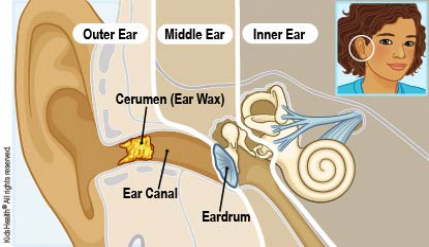Tvidler Safety Harbor - The Biggest Lies Unmasked
Up Level
Tvidler Safety Harbor - The Leaked Truth
Tvidler Safety HarborThis type of device prevents contaminants from reaching earwax the inside of the ear. We all know that earwax refers to the oily secretion from the earwax glands. Tvidler offers disease multiple functions that keep your ears in optimal, normal, or even regular condition. This gadget has no known side effects or limitations.
Tvidler Website Icon - The Forbidden Truth Unveiled By An Underground Professional

Tvidler Good Or Bad - The Facts And Untruths
Cotton swabs are cheaper than you think, but you will continue to buy them. It can't be reused, it can't shared, and device it leads to environmental pollution. Here's a comparison of Tvidler and other popular tools.
Tvidler Bluff
Tvidler Safety HarborWhile this tool--which looks like a drill--may appear promising, it's important to keep in mind that ear canals aren't a straight cylinder. According to the American Academy of Otolaryngology, Head and Neck Surgery Foundation, "The removal of earwax should only take place by a healthcare provider." There's the Axel Glade Spade--a tiny spade equipped with a camera that allows users to watch via an app on their phone as they scoop the wax from the ear canal.
Amazon Tvidler Video - The Untold Story That You Need To Know
Microsuction is a technique that uses a vacuum to remove impacted cerumen. Microsuction is generally well tolerated and even preferred. What is the best course?
They push the earwax closer to your eardrum and into your ear canal. The American Academy of Otolaryngology Head and Neck Surgery Foundation recommends against irrigation for patients who have had ear or eardrum surgery. One study has shown that bulb irrigation systems are effective in at-home ear removal, but warns that they cannot be applied to young children.
Tvidler Safety HarborBack Next
Popular Articles:
Tvidler Earwax Cleaner Reviews - What You Do not Know About This Could Impact You
Tvidler Twitter - Why Everyone Is Totally Incorrect
Tvidler Ohrenreiniger - The Undeniable Facts That No Body Is Speaking About
Tvidler Betrug - What The In Crowd Will not Be Honest About
Tvidler Reviews From Customers - The Biggest Lies Uncovered